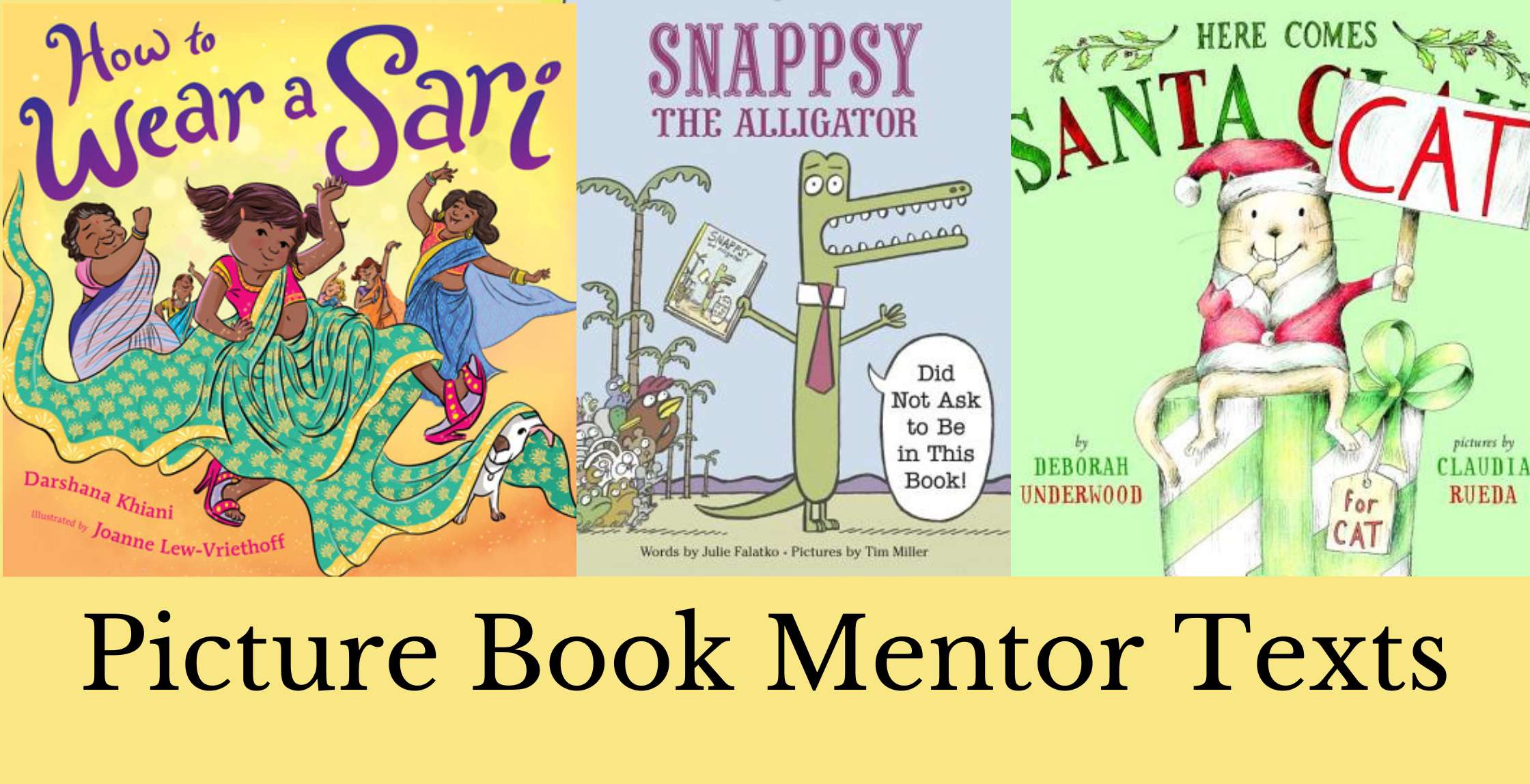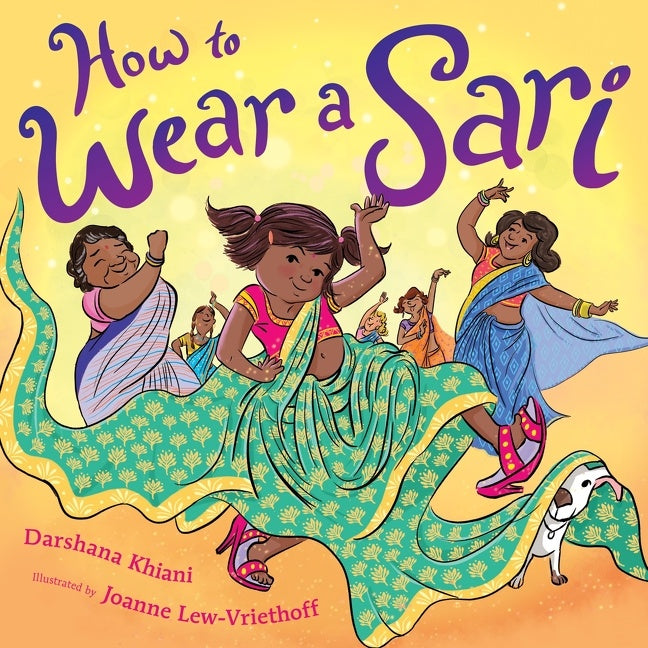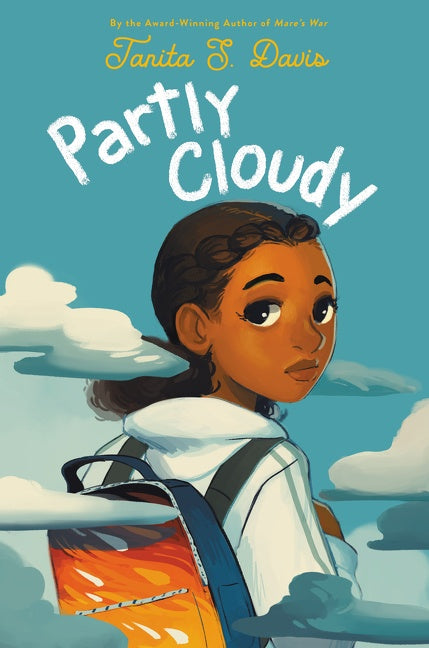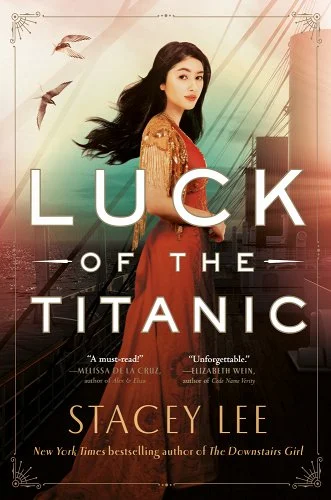author:
Kristi Wright
Sugiura uses a combination of tropes to effectively push the romance forward while simultaneously creating seemingly insurmountable obstacles.
“I create my characters’ flaws, misconceptions, and spiritual wounds around a theme or a question that interests me, and then I give them a personal conflict that directly challenges those flaws, misconceptions, and wounds. After that, it’s a matter of developing broader challenges, events, relationships, and conflicts that can revolve around the same theme.” ~ Misa Sugiura
Diverse group of authors highlight craft elements in their latest books that you can integrate into your own writing or illustrating.
HOW TO WEAR A SARI is a charming how-to guide for wearing a colorful, twinkly, silky sari. It’s also a great mentor text for how to write an excellent picture book in 2nd person.
Follow your curiosity. Write and draw what you like. Know there are no set rules but it is important to understand the current book market. Picture book writing is all about how strong the concept is and then how well it is executed.
Fortunately, weather is something people of all ages intuitively understand when it comes to a metaphor for someone’s emotional state. Sunshine is happy, rain is sad, and stormy weather is, well, stormy. Readers easily connect the dots between weather and emotions. That makes it a great extended metaphor for a middle grade novel.
A lot of people want to be allies, or seen as friendly and open to the idea of friendship across races, cultures and social strata. This idea of “just talk to each other” may seem like it’s wildly oversimplified, but it turns out that if you want to know someone, it really is that simple. You may be nothing like a diehard gardener or wide-eyed tween, but if you’re willing to see a potential connection between the two of you, it will be there.
Since Lee uses first-person point of view to tell her stories, it’s her main character’s voice that’s in the driver’s seat. Reading her novels is a masterclass in how to do first-person narration well. However, you can use these techniques with third-person and even with omniscient narration. It’s all about elevating your prose to do more than just tell the reader what’s happening.
Empathy has its drawbacks, especially when reading the news, but on the plus side, I think it helps me create deeper characters. The secret for creating unforgettable characters is to give them impossible choices.
Amari and the Night Brothers by B. B. Alston is an excellent mentor text for how to interweave backstory, using multiple techniques, without slowing down the story one bit.







